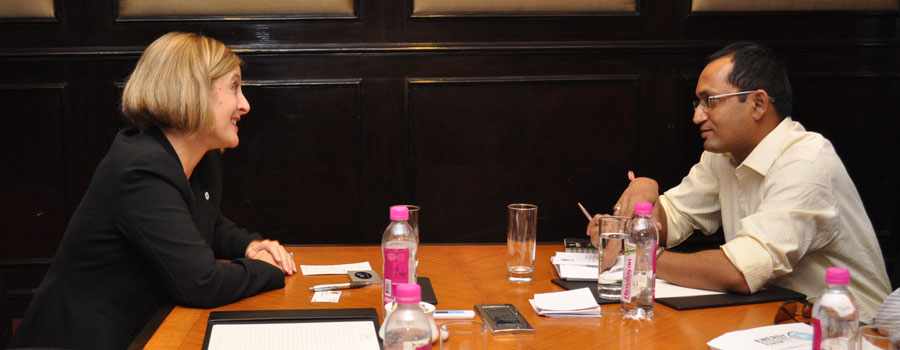 Track2Realty: When you look at the developing market, where the cost of construction is a huge issue and most of the realtors are mid sized developers. What are the suggestions you would like to give them so that they can adopt more and more energy efficient buildings?
Track2Realty: When you look at the developing market, where the cost of construction is a huge issue and most of the realtors are mid sized developers. What are the suggestions you would like to give them so that they can adopt more and more energy efficient buildings?
Jennifer Layke: I think that one of the things that we have found has actually begun to contradict that there are more expensive buildings as a result of pursuing highly efficient or green buildings. What we actually found is that through integrated design, we can often bring cost out of the building. One of the examples that we speak of is the Empire Estate Building where we were originally asked to come in because the owner believed he wanted to install a new chiller plant. That was going to be a very expensive proposition. But we were able to design out the need for that chiller, thereby creating savings that were invested in energy efficiency measures that paid back. So, I am not sure that I agree with the premise that today green buildings cost more.
Track2Realty: Your study has been only on commercial buildings or across the asset class?
Jennifer Layke: We have about 60% from commercial, about 23% from industrial and 13% from institutional.
Track2Realty: Which are the other markets where you conducted this survey?
Jennifer Layke: Europe, North America, India and China are my four major markets and I do a little bit to keep track of what is going on in Singapore and Australia.
Track2Realty: So, you feel India is a very interesting market as far as adopting some of the best practices are concerned?
Jennifer Layke: I do. I think the indication of an interest and the opportunities that are presented and the kind of costing and the policy initiatives that are underway, means that there is tremendous interest in moving forward with energy efficiency and I think the challenge is overcoming those barriers.
Track2Realty: Finally, I would like to ask if you have any specific suggestion for the Indian real estate?
Jennifer Layke: I think there are a couple of things, but first of all, I do think that targeting policies and incentives to overcome the barriers that came out in this year’s survey is a very good opportunity. So if I were to look at it as a person trying to build the market for energy efficiency, I would look to the opportunity to address those five barriers. And then I think the other thing that was clear from this survey was that many times the technology follows incentives and the countries that had incentives in place for smart buildings, more respondents were pursuing smart buildings; countries that had incentives in place for renewable, more were pursuing renewable.
In Germany, we saw there were a larger number of people who were pursuing building envelope improvement, largely because there is a dialogue about the solution set. And that I think can be true for India as well.





